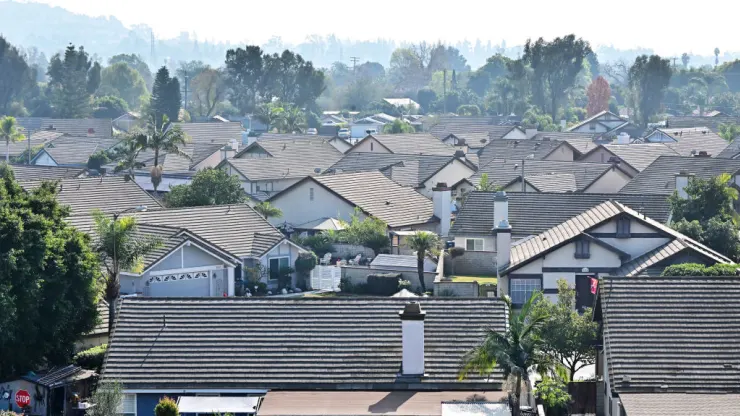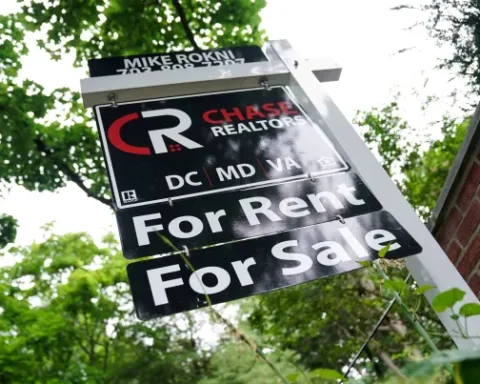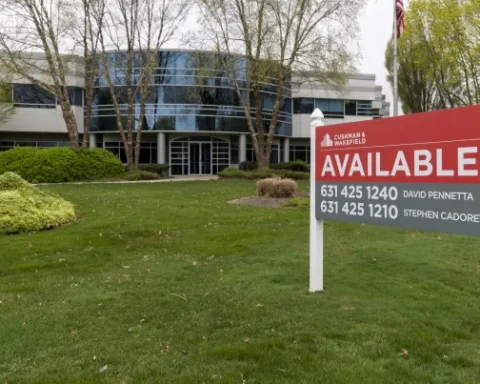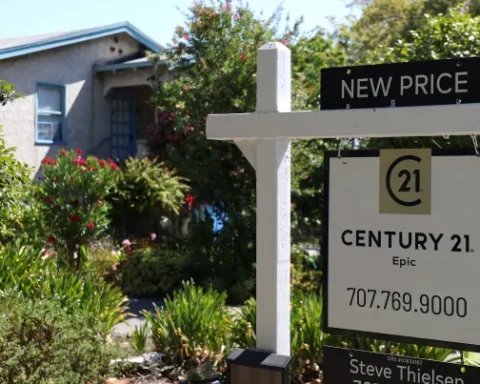After a short period of relief, mortgage rates are rising again, causing potential homebuyers to hesitate and rethink their plans. The Mortgage Bankers Association reported a 2.3% decrease in total mortgage application volume last week compared to the previous week. This downturn is a direct consequence of the climbing interest rates, which have reached their highest point since early December 2023. The average contract interest rate for 30-year fixed-rate mortgages with conforming loan balances climbed to 6.87% from 6.80% the week prior, marking a significant uptick in influencing buyer decisions.
Joel Kan, an MBA economist, highlighted the impact of these rates, stating, “Purchase applications remained subdued as elevated rates continue to add to affordability challenges along with still-low existing housing inventory.” This sentiment is echoed by Chen Zhao of Redfin, who observed a slowdown in home tours and pending sales, attributed to the rate hikes and unusually harsh winter weather conditions.
The recent spike in mortgage rates, reaching 7.08% following an unsettling government report on inflation, has only added to the market’s volatility. Matthew Graham of Mortgage News Daily noted, “The bond market reacted immediately and forcefully when the numbers came out,” leading to rapid adjustments in mortgage rates throughout the day.
This situation presents a complex challenge for the housing market, balancing the delicate interplay between mortgage rates, homebuyer demand, and overall economic indicators. As rates continue to fluctuate, the impact on both refinancing and new home purchases remains a critical area to watch.
The rising mortgage rates are a stark reminder of the ever-changing dynamics within the housing market. As potential buyers pull back, the industry faces a period of adjustment and uncertainty. Stakeholders must navigate these turbulent waters carefully, closely examining economic trends and market responses.







